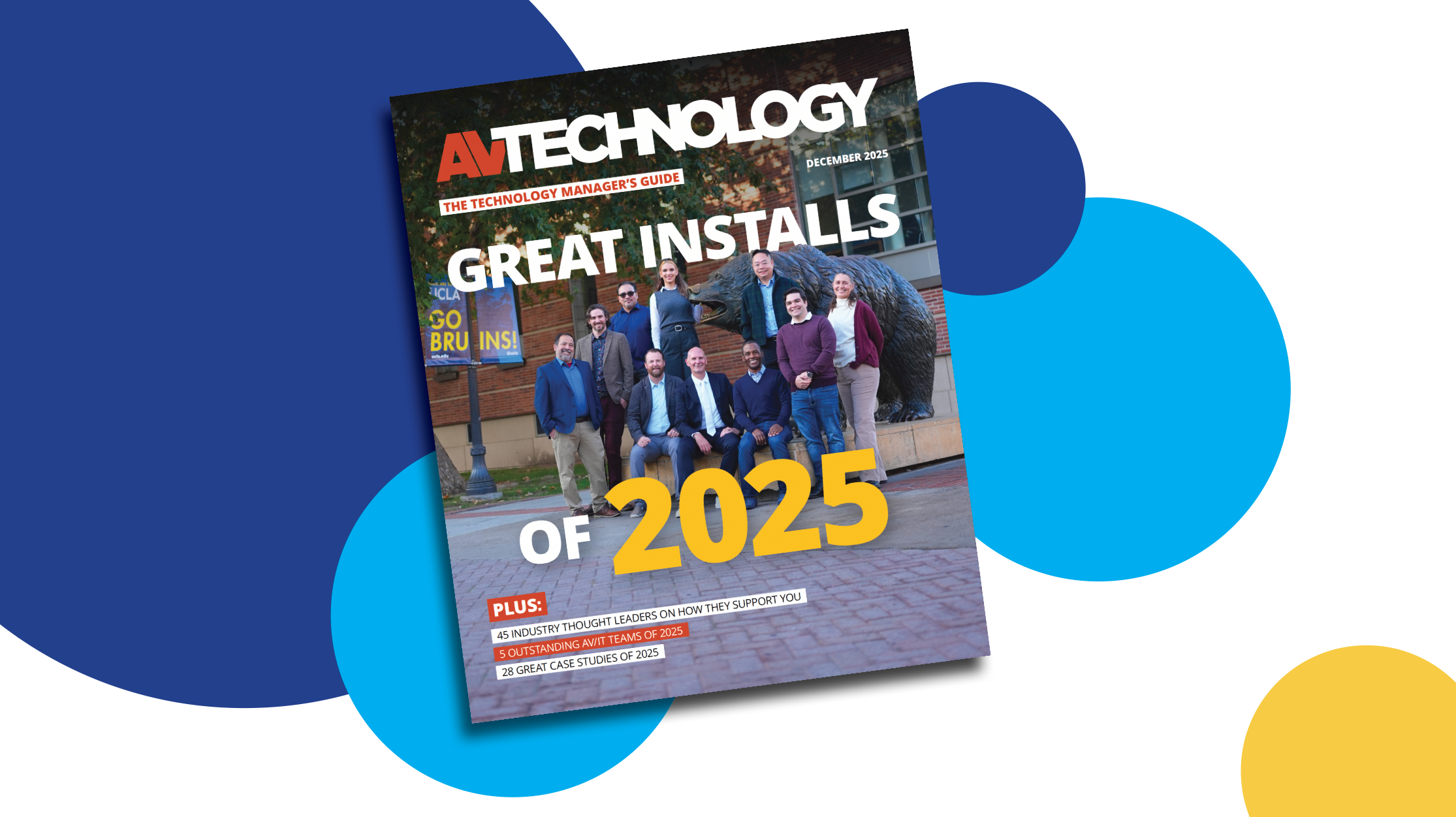On Next-Gen Audio: Yamaha Unified Communications
Balazs Boldog, Field Sales Engineer at Yamaha Unified Communications shares insight into trends and best practices for implementing next-gen audio into meeting spaces and classrooms.

AVT Question: Please share insight and best practices for implementing next-gen audio into meeting spaces and classrooms.
Thought Leader: Balazs Boldog, Field Sales Engineer at Yamaha Unified Communications
In the modern AV landscape, there are plenty of audio best practices to consider! We’ve undoubtedly entered the age of AI in AV, where digital signal processing combined with microphone technology like human voice activity tracking (HVAD), automatic room EQ, dereverberation, and adaptive echo canceling significantly make up for the lack of acoustical treatments and open and reflective architecture. We can bring out the best in the available technology by following some guidelines.
The ABC’s of acoustics are absorption, blocking, and coverage—your friends in combating poor design or utilizing rooms as never intended." —Balazs Boldog, Field Sales Engineer at Yamaha Unified Communications
The ABC’s of acoustics are absorption, blocking, and coverage—your friends in combating poor design or utilizing rooms as never intended. Absorption in the form of paneling around a conference room, or higher NRC-rated ceiling tiles or clouds into an open ceiling can do wonders to mitigate reflection.
When it comes to microphones, you now have more choices than ever. Mounting location may not be critical in your case, but consider whether you plan to reconfigure the space regularly, and whether your microphones would require recalibrating to the new seating arrangement. If these are wireless microphones or have self-tuning features, this task is quick and requires no user adjustment. Consider microphone pickup pattern and directionality to fit the use, and ensure that they aren’t capturing more audio than necessary.
The replication of clear and intelligible audio is paramount for an effective meeting, making speaker selection vital. Select speakers for the size and acoustic features of the space. Work with your manufacturer, consultant, or integrator to identify the required throw and dispersion patterns to cover your space without deafening those in the front, while ensuring that speech is clear and loud enough to understand from the back row.
[15 AV/IT Thought Leaders On Streaming]
A daily selection of features, industry news, and analysis for tech managers. Sign up below.

Cindy Davis is the brand and content director of AV Technology (AVT). She was a critical member of the AVT editorial team when the title won the “Best Media Brand” laurel in the 2018 SIIA Jesse H. Neal Awards. Davis moderates several monthly AV/IT roundtables and enjoys facilitating and engaging in deeper conversations about the complex topics shaping the ever-evolving AV/IT industry. She explores the ethos of collaboration, hybrid workplaces, experiential spaces, and artificial intelligence to share with readers. Previously, she developed the TechDecisions brand of content sites for EH Publishing, named one of the “10 Great Business Media Websites” by B2B Media Business magazine. For more than 25 years, Davis has developed and delivered multiplatform content for AV/IT B2B and consumer electronics B2C publications, associations, and companies. A lifelong New Englander, Davis makes time for coastal hikes with her husband, Gary, and their Vizsla rescue, Dixie, sailing on one of Gloucester’s great schooners and sampling local IPAs. Connect with her on LinkedIn.
